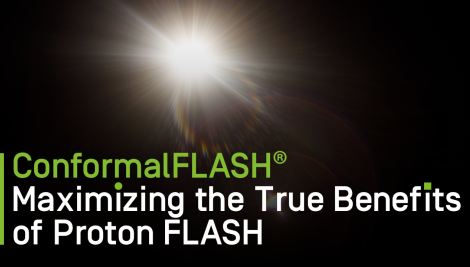Subtitle
Ultrahigh dose-rate Flash irradiation increases the differential response between normal and tumor tissue in mice
This is the foundation paper of the (re)discovery of FLASH at Curie. To determine the potential of ultrahigh dose-rate irradiation in radio-therapy, they investigated lung fibrogenesis in C57BL/6J mice exposed either to short pulses (<500 ms) of radiation delivered at ultrahigh dose rate (>40 Gy/s, FLASH) or to conventional dose-rate irradiation with an electron beam. Unlike CONV irradiation, no complications developed after FLASH irradiation at doses below 20 Gy, for more than 36 weeks after irradiation. Furthermore, FLASH irradiation spared normal smooth muscle and epithelial cells from acute radiation-induced apoptosis. FLASH was as efficient as CONV in the repression of tumour growth. Together, these results suggest that FLASH radiotherapy might allow eradication of lung tumours and reduce the occurrence and severity of early and late complications affecting normal tissue.




